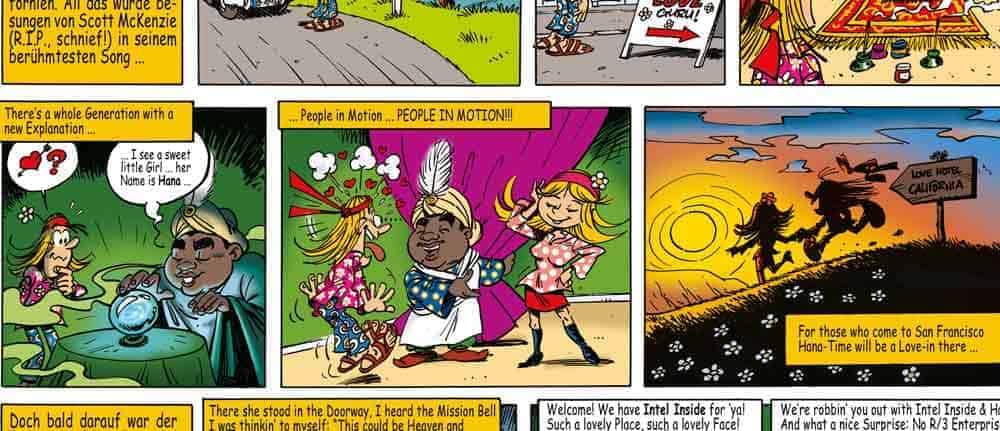Potemkin Cloud


It is a long-standing SAP tradition that the ERP infrastructure receives little attention. During R/2 to ECC 6.0, the existing SAP customer could choose from any number of servers, operating systems and databases. The individual components were very much supposed to be certified by SAP, but there were hardly any purchase recommendations. Ultimately, SAP grew and financed itself through license fees. A foreseeable market saturation required a reorientation.
Now SAP seems to find its love for cloud computing. The cooperations with hyperscalers and own offerings like the Business Technology Platform could give the impression that SAP wants to become a cloud company. But that's not how it is!
No need to panic, nothing has changed: everything is the same. SAP will continue to have no interest in the ERP infrastructure in the future - SAP's existing customers should take care of that themselves. Whether on-prem or cloud, SAP doesn't care.
The new SAP knows only one topic: higher sales. It is exclusively about revenue growth, about expanding market dominance. SAP's cloud is a Potemkin village. The new license models are real.
SAP's goal is to significantly outpace market growth in terms of revenue in the coming years. These ambitious goals of SAP CFO Luka Mucic can only be achieved with higher license prices - for existing customers and new customers.
Luka Mucic's trick is ingenious: He fakes a cloud strategy. He sets up a Potemkin cloud and the price increase is hidden in the migration costs - conversion - regardless of product or contract conversion. The SAP community assumes 20 to 50 percent additional costs when an existing customer migrates from on-prem to the cloud.
The journey is the destination, and this also applies to SAP. Before the existing customer embarks on this journey, however, he must upgrade his legacy system to the latest release. The Rise-with-SAP program only accepts the latest ECC 6.0 versions. This means that existing customers are asked to pay in advance.
Is there a cure for CPEA credits (Cloud Platform Enterprise Agreement) and SAP FUE (Full User Equivalents)? Is there a magic spell against the additional costs in the Potemkin cloud? Yes, the SAP existing customer can defend himself against the real dangers in the virtual cloud: before the journey, it is necessary to consolidate the marching baggage.
Do all users and engines really need to be on the journey? Perhaps there have been optimizations and reorganizations in the company in recent years, so that fewer or different user types are now necessary? Perhaps the indirect use (Digital Access Adoption Program, DAAP) has led to a reduction in NetWeaver engines? Those who pack a small rucksack for the journey to the Potem-kin village will also be positively rewarded for this in terms of cloud costs. Initial calculations show an average cost reduction of up to 20 percent.





